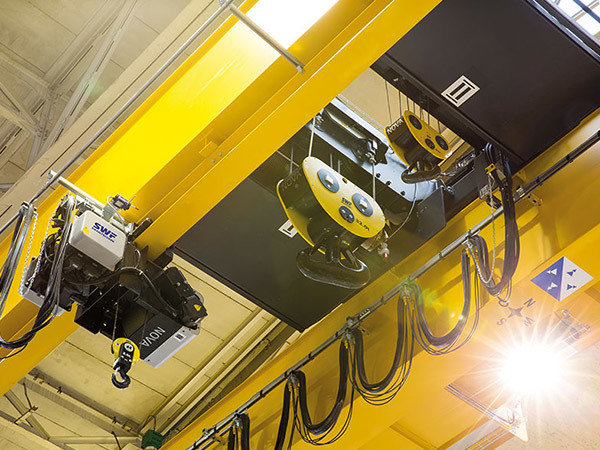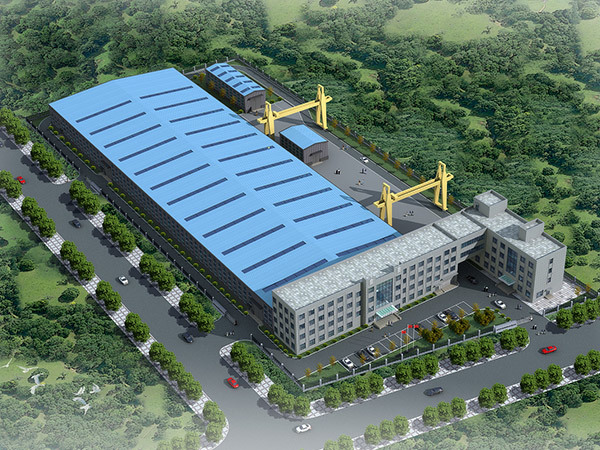
PWM is the abbreviation for Pulse Width Modulation, which changes the pulse width of a series of pulses according to a certain rule to adjust the output quantity and waveform.
PAM is the abbreviation for Pulse Amplitude Modulation, which changes the pulse amplitude of a series of pulses according to a certain rule to adjust the output value and waveform.

The inverter is a power control device that uses the on-off action of power semiconductor devices to convert the power frequency supply into electrical energy of another frequency.

Ordinary asynchronous motors are designed for constant frequency and constant voltage, and cannot fully adapt to the requirements of variable frequency speed regulation. The following are the effects of the inverter on the motor, that is, the differences between variable frequency motors and ordinary motors:
1. The issues of motor efficiency and temperature rise
Regardless of the type of inverter, different degrees of harmonic voltage and current are generated during operation, causing the motor to operate under non-sinusoidal voltage and current. According to the data, taking the commonly used sine wave PWM inverter as an example, its low-order harmonics are basically zero, and the remaining high-order harmonic components, which are about twice the carrier frequency, are: 2u+1 (where u is the modulation ratio).
High-order harmonics can cause an increase in copper losses in the stator, rotor (aluminum) losses, iron losses, and additional losses, with the most significant being rotor copper (aluminum) losses. Since asynchronous motors rotate at a speed close to the synchronous speed corresponding to the fundamental frequency, high-order harmonic voltages can cause significant rotor losses after cutting the rotor bars with a large slip. In addition, the additional copper losses caused by the skin effect must also be considered. These losses will cause the motor to heat up excessively, reduce efficiency, and decrease output power. For example, when an ordinary three-phase asynchronous motor operates under the non-sinusoidal power supply conditions output by an inverter, its temperature rise generally increases by 10% to 20%.
2. The issue of motor insulation strength
Currently, many small and medium-sized inverters use PWM control methods. Their carrier frequency is about several thousand to tens of thousands of hertz, which causes the motor stator windings to withstand very high voltage rise rates, equivalent to applying a steep impact voltage to the motor, putting the inter-turn insulation of the motor under severe testing. Additionally, the rectangular chopping impact voltage generated by the PWM inverter superimposed on the motor operating voltage poses a threat to the motor's insulation to ground, and the insulation to ground will accelerate aging under repeated high-voltage impacts.
3. Harmonic electromagnetic noise and vibration
When an ordinary asynchronous motor is powered by an inverter, the vibrations and noise caused by electromagnetic, mechanical, ventilation, and other factors become more complex. The various time harmonics contained in the variable frequency power supply interfere with the inherent spatial harmonics of the motor's electromagnetic part, forming various electromagnetic excitation forces. When the frequency of the electromagnetic force wave coincides with or is close to the inherent vibration frequency of the motor body, resonance occurs, thereby increasing noise. Due to the wide range of operating frequencies of the motor and the large range of speed changes, it is difficult for the frequencies of various electromagnetic force waves to avoid the inherent vibration frequencies of the motor's components.
4. The motor's adaptability to frequent starting and braking
Since the motor can start at very low frequencies and voltages without impact current when powered by an inverter, and can utilize various braking methods provided by the inverter for rapid braking, conditions are created for frequent starting and braking. Therefore, the mechanical system and electromagnetic system of the motor are subjected to cyclic alternating forces, leading to fatigue and accelerated aging issues in the mechanical and insulation structures.
5. Cooling issues at low speeds
First, the impedance of asynchronous motors is not ideal, and when the power supply frequency is low, the losses caused by high-order harmonics in the power supply are significant. Secondly, when the speed of an ordinary asynchronous motor decreases, the cooling air volume decreases proportionally to the cube of the speed, resulting in a deterioration of the motor's low-speed cooling condition, a sharp increase in temperature rise, and difficulty in achieving constant torque output.
Leave your needs here.
Please leave your needs and we will contact you as soon as possible!

Service Hotline
Manufacturing address:intersection of Caibin West Street and Deren Road in Changchun China-Korea (Changchun) International Cooperation Demonstration Zone
Service Address:No.3 Fumin Street, Lvyuan District, Changchun City
Website:www.兴泰起重.中国
www.crane-china.cc
WeChat service number: xingtaiqizhong
Zip Code:130012
Sales Advisory Phone:400-044-6608/13578886608WeChat Synchronization (Mr. Zhang)
After-sales service telephone:18343082566(Mr. Yu)/400-044-6608
Landline:0431-87096377
Fax:0431-87096377

Copyright:Changchun Xingtai Crane Machinery Co.,Ltd







